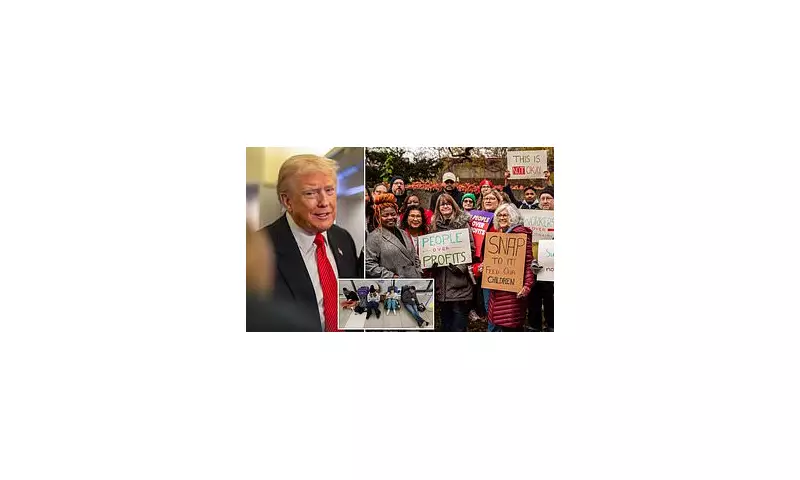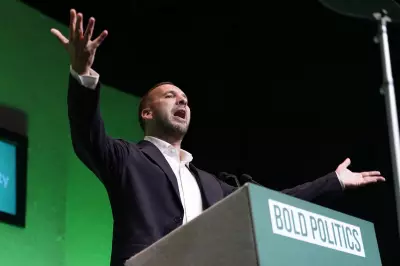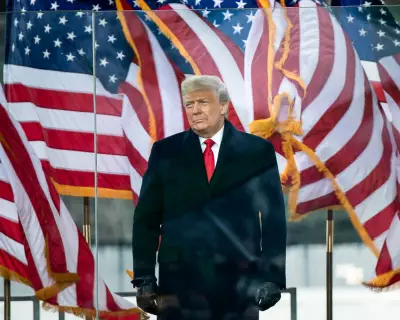
The United States has entered uncharted political waters as a bitter standoff in Congress has triggered what is now officially the longest government shutdown in American history. With lawmakers failing to reach a consensus on critical funding legislation, the nation finds itself in the grip of an unprecedented constitutional crisis.
The Human Cost of Political Deadlock
As the shutdown enters its record-breaking phase, approximately 800,000 federal employees face the grim reality of either working without pay or being forced into unpaid leave. The ripple effects are being felt across the nation, from airport security delays to closed national parks and suspended government services.
Essential workers in agencies like Homeland Security and the FBI continue their duties without compensation, while non-essential services have ground to a complete halt. The situation has created widespread uncertainty among government workers who struggle to meet basic financial obligations like mortgage payments and household bills.
Political Stalemate Reaches Breaking Point
The root of the crisis lies in a fundamental disagreement between Democrats and Republicans over budget allocations, particularly concerning border security funding. Despite numerous negotiation attempts, both parties remain entrenched in their positions, with neither side showing signs of compromise.
"This isn't just political posturing anymore - we're witnessing a complete breakdown of the legislative process," noted one political analyst. "The longer this continues, the more damage it inflicts on both the economy and public trust in government institutions."
Economic Consequences Mount Daily
The economic impact of the prolonged shutdown is becoming increasingly severe:
- Federal contractors face massive revenue losses with no compensation in sight
- Small businesses near government facilities report dramatic drop in customers
- Tourism suffers as national landmarks and museums remain closed
- Economic growth forecasts are being revised downward weekly
Financial markets are growing increasingly nervous as the uncertainty shows no signs of resolution. The longer the shutdown persists, the greater the risk of lasting damage to the US economy and its global standing.
Historical Context and Precedent
This current shutdown has now surpassed the previous record of 35 days set during the Clinton administration in 1995-96. However, the political landscape today is considerably more polarized, making resolution increasingly challenging.
Unlike previous shutdowns that were resolved through bipartisan compromise, the current impasse appears more deeply rooted in fundamental ideological differences. This has led many political observers to predict that the crisis may continue for the foreseeable future.
As federal workers organize protests and essential services face increasing strain, the pressure on Congress to find a solution intensifies. Yet with both sides accusing the other of bad faith negotiations, the path forward remains uncertain, leaving the nation in a state of prolonged political and economic uncertainty.





